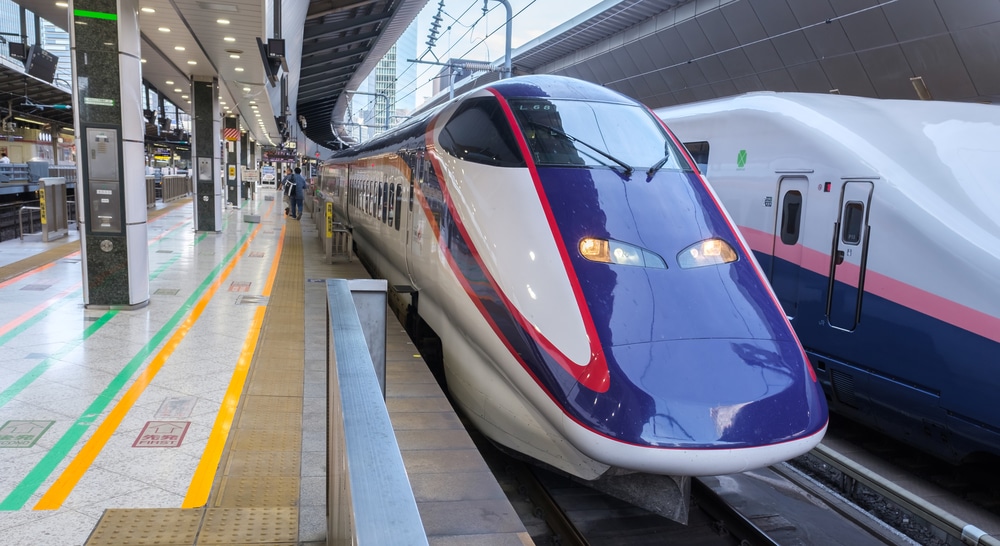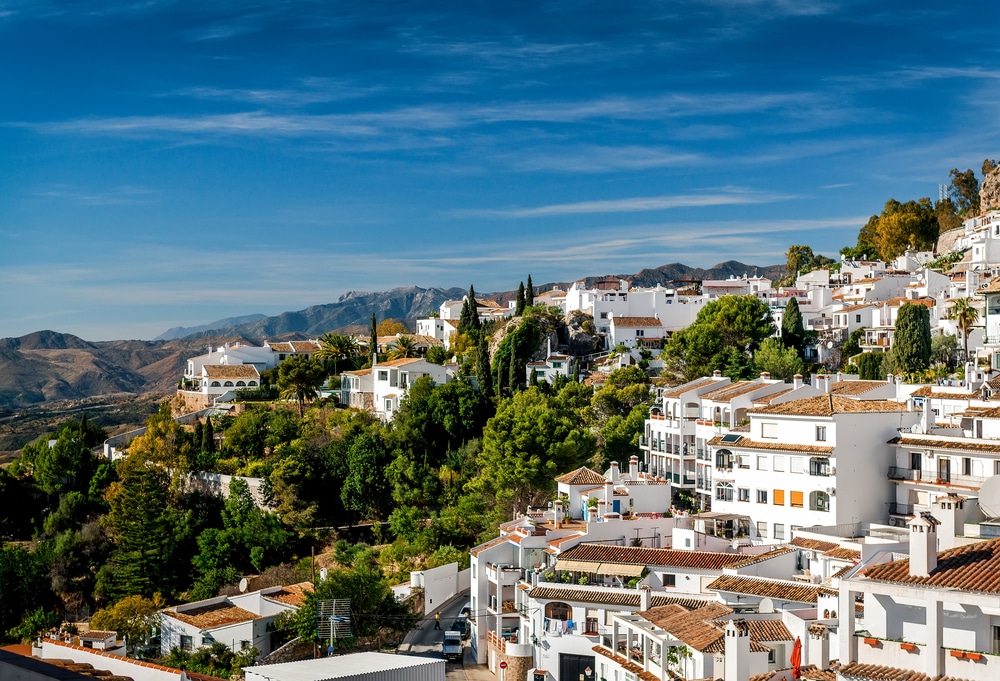Traveling to Europe or Japan is about more than just seeing new places – it’s about diving deep into cultures filled with history, art, and amazing food.
Spain and Japan may seem very different, but they are both countries with rich traditions and modern excitement, making them fascinating spots for travelers who want to experience the old colliding with the new.
This trip across continents is not just a vacation but a voyage into the heart of cultural diversity and technological wonders, with the convenience of bullet trains that zip travelers through beautiful scenery to energetic cities.

In Spain, the magic starts with the sunny coasts and continues into the cobblestone streets of the cities, where every corner has a piece of the past and a taste of incredible cuisine.
From the lively markets of Barcelona to the historic grandeur of Madrid, Spain is a mosaic of cultures.
No trip to trip to Europe is complete without soaking in the Spanish lust for life, evident in their festivals, art, and daily siesta.
The high-speed trains in Spain, like the AVE, make criss-crossing the country efficient but also let you soak in the picturesque countryside at lightning speed.
The Barcelona to Madrid train especially shows this off, easily connecting destinations like Seville’s Gothic cathedrals and Valencia’s futuristic City of Arts and Sciences.
Japan, on the other hand, offers an equally mesmerizing but very different experience. It’s a country where the future meets tradition – neon lights and soaring skyscrapers coexist peacefully with tranquil temples and gardens.
Japanese culture is a delicate balance of respect, precision, and innovation, evident in everything from formal tea ceremonies to efficient transport.

Japan’s bullet trains, or Shinkansen, demonstrate this perfectly, delivering unparalleled travel speed and comfort. Japan tours let explorers journey from the historic depths of Kyoto, with its ancient shrines and geisha district, to the bustling metropolis of Tokyo, where cutting-edge technology and fashion converge, in just hours.
The culinary adventures in Spain and Japan are journeys themselves. Spanish cuisine, with its tapas, paella, and sangria, provides a tasty tour of regional diversity, inviting travelers to linger over the flavors and communal experience.
In contrast, Japanese cuisine is an art form, where the visual presentation is as vital as the taste. From the simplicity of sushi to the complexity of a traditional kaiseki multi-course meal, dining in Japan reflects the meticulous and ingredient-revering nature of the culture.
Cultural festivals in both countries open a window into the spirit of their societies. Spain’s La Tomatina and Running of the Bulls are chaotic spectacles drawing visitors from around the world.
Meanwhile, Japan’s cherry blossom celebrations and Kyoto’s Gion Matsuri offer serene yet profound insight into Japanese aesthetics and community. These lively events are living traditions that continue to thrive and evolve, connecting past with present.
Exploring the artistic landscape is another avenue of cultural immersion. Spain’s art museums, like Madrid’s Prado and Bilbao’s Guggenheim, feature works spanning centuries, from Renaissance to contemporary.

Japan’s art scene, mingling traditional crafts with modern anime, shows its ability to honor the past while embracing the new. Tokyo’s Mori Art Museum and Kyoto’s ancient pottery and calligraphy beautifully demonstrate this fusion.
Beyond the big cities, Japan’s countryside provides a peaceful escape from urban pace. Rural areas are dotted with hot springs, traditional inns, and scenic hiking trails through forests, mountains, and coastline.
Japan tours often include visits to these tranquil spots, letting travelers experience the harmonious relationship between nature and people. Regions like Hakone, known for hot springs and Mt. Fuji views, or historic villages like Shirakawa-go, with traditional gassho-zukuri farmhouses, offer immersion into a lifestyle preserved for centuries.
These experiences provide deeper understanding of Japan’s commitment to maintaining natural beauty and cultural heritage amid rapid modernization.

On the other side of the world, Spain’s natural landscapes have their own beauty, from the rugged northern cliffs to the rolling olive groves of Andalusia. Spain’s protected parks and conservation efforts provide endless outdoor adventure.
Beyond cultural and culinary exploration, Spain caters to nature lovers and thrill-seekers. Hiking ancient pilgrim trails like the Camino de Santiago, windsurfing off Tarifa, or skiing the Pyrenees, Spain’s diverse geography has something for everyone.
These natural wonders complement the urban attractions, making Spain a comprehensive destination engaging all the senses and passions.
In a nutshell, travel through Spain and Japan shows the beauty of cultural contrast and the universal language of exploration.
Though opposites in tradition and lifestyle, these countries connected by efficient bullet trains offer unique perspective on the spirit of discovery.
They remind us that to travel is to embrace the unfamiliar, to learn, and to grow. Whether it’s a flamenco guitar or silent Shinto shrine prayer, the experiences gained from these lands imprint the soul with memories that linger long after.




